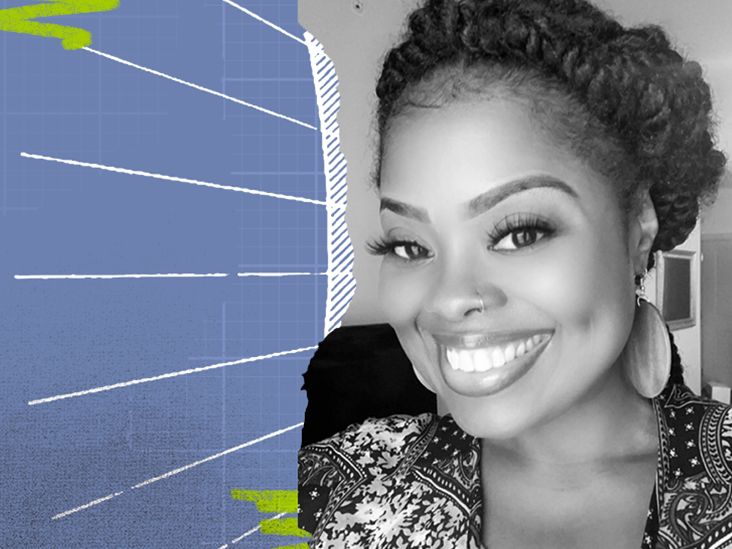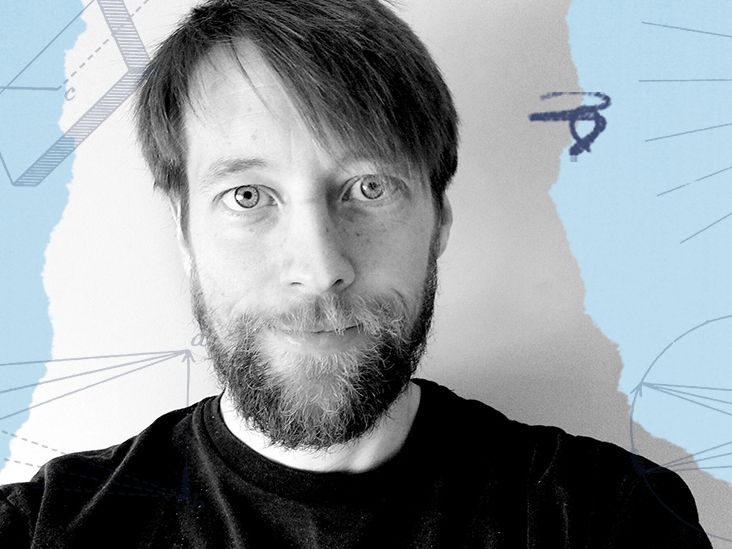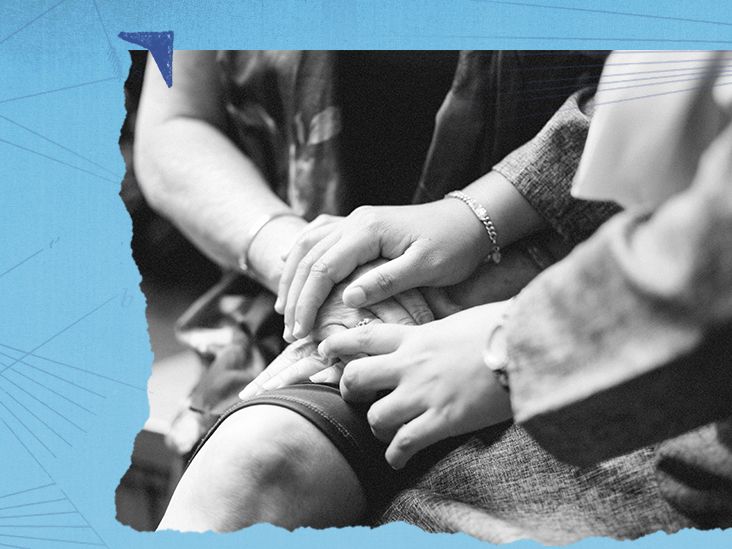
On average, endometriosis — a painful inflammatory disease most commonly of the ovaries, fallopian tubes, uterus, and pelvic tissue — can take anywhere from 4–11 years before diagnosis occurs, with an average delay of nearly 7 years in women aged 18–45, according to an article in
For a Black woman, this can be even more daunting and stressful. Compared with white women, Black women are
I received an official diagnosis of endometriosis in 2014, after many years as an outpatient at the local hospital. At the hospital — between misdiagnoses, assumptions that I was a hypochondriac, and assumptions that went as far as suggesting my symptoms must be from an untreated sexually transmitted disease — no one showed any real interest in getting to the bottom of what was causing my unrelenting symptoms.
At the time, I was experiencing severe and heavy menses, chronic lower back pain, intense cramps, bloating, headaches, nausea, vomiting, fainting spells, and chronic constipation — yet this was not enough to convince the doctors to look into my symptoms.
They brushed it off, with one doctor going as far as assuming my insistent bleeding and intense pain was due to a “botched abortion gone wrong” just by glancing at me from behind his desk.
He had not even done a physical examination before deciding the fate of the then 18-year-old me.
Doctors consistently gave me paracetamol and ibuprofen and sent me home, insisting that I was fine and nothing was wrong with me. Needless to say, the paracetamol and ibuprofen did very little, other than pacifying my pain levels periodically.
The doctors had even gotten to a point where they insisted my weight was an issue and the reason for my symptoms, but I only weighed 45 kgs, which was perfectly healthy for my height and age.
It seemed as though each doctor took every opportunity to make assumptions, body shame, slut shame, and ridicule me, instead of providing any actual help that may have provided some answers sooner.
One Sunday afternoon, I noticed the pain on the right side of my body was worse, and my abdomen seemed bloated. I decided to rest, use a hot water bottle, and take some pain medication to ease the discomfort.
When I woke up the next morning, the pain was much worse. I decided to visit my general practitioner (GP), who insisted on writing a referral letter to my local hospital.
My GP was concerned it might be my appendix and informed the hospital. I arrived, and they sent me for a battery of scans, tests, and examinations to get to the bottom of the pain.
The doctors informed me that my appendix was perfectly fine. However, I needed emergency surgery because they had seen an abnormally large mass on my right ovary.
At the time, they had me sign a form stating they would need to remove the right ovary because it was under incredible strain due to the mysterious mass.
The doctors informed my family it would be a 30-minute surgery, but after 2 hours, my family had still not heard any word because I was still in the operating room.
The surgeons later informed me that once they had a look to see what was happening internally – they had no choice but to open me up entirely, creating an incision from hip to hip.
Aside from the mass they had spotted initially, my fallopian tubes were attached to my uterus, and my bowels were stuck to the back of my uterus, which had caused it to pull downward.
Health equity resources
Visit our dedicated hub for an in-depth look at social disparities in health and what we can do to correct them.
This finally explained all my bizarre symptoms. It was bittersweet. I finally had answers, but at this point, I had already reached the most severe stage of endometriosis. I received a diagnosis of stage 4 endometriosis after grueling emergency surgery.
The surgeon seemed as surprised as I was — she could not believe what she had seen.
She spoke with me a few days after the surgery and asked me how I had lived with my organs entangled for what must have been some time. She asked me how it had not been suspected or looked into before. I didn’t have the answers; I still don’t. But I realized how differently I was treated and stigmatized based on how I presented physically.
She remarked that “they probably didn’t think to check… you know… uh, given that endometriosis seems to mainly impact people of European descent.”
It was chilling to realize that my endometriosis had likely advanced over several years of being ignored, smirked at, sent home, and told to lose weight and be strong.
I had consistently gone to all my scheduled appointments at the local hospital, each time I would hope that this time would be different, that someone would take me seriously.
It seemed more of a formality. They would seem disappointed when I reported that my symptoms were the same or worse by reacting with an audible sigh. They would then scribble another prescription for pain medication, tell me to be strong, and send me off until next time.
This was on a good day. When I wasn’t being told by a white doctor that “you people always do this… mess around… don’t take care of yourselves, and come here with your pelvic infections” – again without ever testing me, or examining me, just by looking at me.
He had already decided what my story, treatment, and diagnosis would be.
A few years after my diagnosis, I bumped into one of the doctors from my old local hospital. I asked him if he remembered me since he had been the one who diagnosed 15-year-old me with “chronic lower back pain.”
He said he remembered me and asked, “do you still have back pain?” as if it was a casual conversation starter.
I told him, no, but I do have stage 4 endometriosis. He was stunned and asked me if I would ever be interested in or available for studies and lectures for student doctors. I am still in disbelief that he would be audacious enough to ask me to be a guinea pig once more. No apology, just another request to be a Black body being studied for someone else’s gain.
It is important that doctors check their racial, gender, and cultural biases at the door to ensure people access the care they deserve. Not just some people — everyone.
It is imperative that we become our own advocates – I wish I had asked, “who is ‘you’ people exactly?”
It is crucial that we hold people accountable and report their prejudices and racism — especially in healthcare — as it could very well cost someone their life.
Medicine is a science, and therefore, there is no room for assumptions, egos, myths, and misinformation — especially not from doctors who we assume become doctors because they are passionate about improving the health of people.
It is of the utmost importance that people, especially Black people, trust their gut if something feels off. Go get a second, third, or fourth opinion if you have to.
Report people to the boards that exist to protect patients, speak up, ask questions, ask doctors what they mean. Insist on copies of your medical records, insist they do more than just look at you and tell you that you’re fine. We have to be our own champion advocates.
Nadine Dirks is an intersectional feminist, writer, and advocate for Sexual Reproductive Health and Rights. Her debut novel surrounding her story with endometriosis is scheduled to be released in July 2021. You can find her on Twitter @GogoMagosha.


